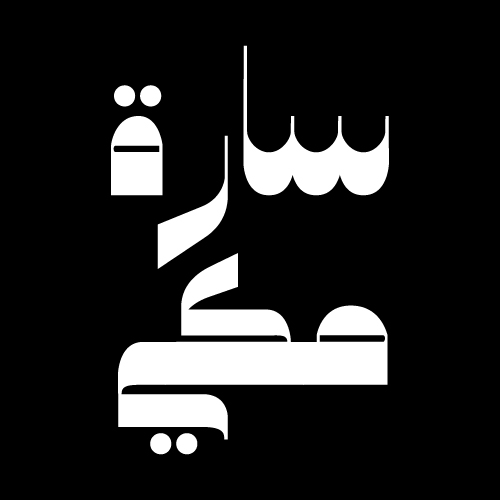
Language is the cornerstone of human communication, serving as a gateway to understanding, connection, and expression. In our diverse and interconnected world, the need for effective translation has never been more vital. As a professional translator, Sarah Maki navigates the complexities of language, offering insights into the fascinating world of Arabic, German, and English translation. In this article, we’ll explore the intricacies of these languages and the unique challenges and opportunities they present for translators like Sarah.
- Arabic: A Language of Rich Heritage and Complexity Arabic is a language steeped in history, culture, and tradition. With over 300 million speakers worldwide, it is one of the most widely spoken languages in the world. Arabic is known for its rich literary heritage, intricate calligraphy, and diverse dialects, making it a fascinating language for translators to explore. However, Arabic also presents unique challenges, including complex grammar rules, verb conjugations, and a rich system of root-and-pattern morphology. Translating Arabic requires a deep understanding of its linguistic nuances, cultural context, and regional variations.
- German: Precision, Clarity, and Efficiency German is renowned for its precision, clarity, and efficiency in communication. As the most widely spoken language in the European Union, with over 100 million speakers worldwide, German is a key language of commerce, science, and culture. Translating German into English or Arabic requires meticulous attention to detail, as well as an understanding of its complex grammar rules, compound words, and idiomatic expressions. German translation demands precision and accuracy, ensuring that the translated text captures the nuances of the original while resonating with the target audience.
- English: A Global Lingua Franca English is the lingua franca of the modern world, spoken by over 1.5 billion people worldwide. As the primary language of business, science, and diplomacy, English plays a crucial role in global communication. Translating into English requires more than just linguistic proficiency; it demands an understanding of English-speaking cultures, conventions, and preferences. English translation offers a wide range of opportunities for translators, from creative literary works to technical manuals, legal documents, and marketing materials.
Challenges and Opportunities in Translation: While each language presents its own set of challenges, translation also offers unique opportunities for bridging cultures, fostering understanding, and facilitating communication. Translators like Sarah Maki play a vital role in preserving cultural heritage, promoting cross-cultural exchange, and connecting people from different linguistic backgrounds. By accurately translating texts from Arabic, German, and English, translators help break down barriers, build bridges, and foster mutual understanding in our globalized world.
The Art and Science of Translation: Translation is both an art and a science, requiring creativity, cultural sensitivity, and linguistic expertise. Translators must navigate linguistic and cultural differences with skill and precision, ensuring that the translated text captures the essence of the original while resonating with the target audience. Through their work, translators like Sarah Maki bridge divides, foster connections, and promote dialogue across languages and cultures. As we continue to navigate the complexities of our multilingual world, let us celebrate the power of translation to unite, inspire, and transform lives.
